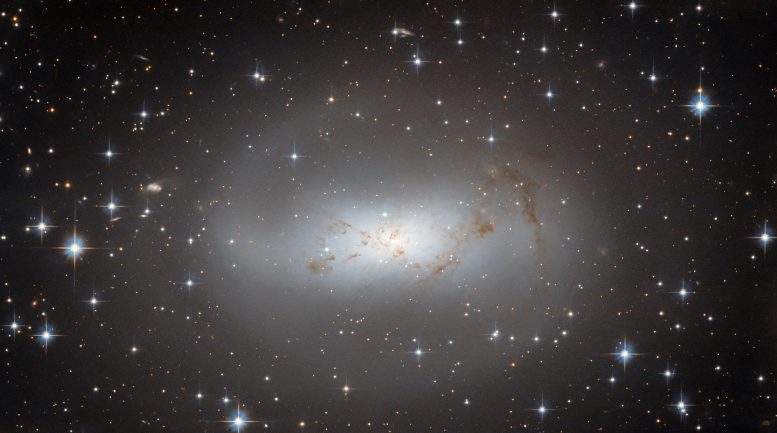
Hubble Space Telescope image of the highly irregular galaxy ESO 174-1, located approximately 11 million light-years away from Earth. The image shows a bright cloud of stars alongside a faint, dark trail of gas and dust. Credit: ESA/Hubble & NASA, R. Tully
The Hubble Space Telescope has taken a detailed image of the irregular galaxy ESO 174-1, 11 million light-years away. The image is part of a program to study all known galaxies within 32 million light-years, strategically using the telescope’s downtime for observing hard-to-schedule celestial bodies.
The highly irregular galaxy ESO 174-1, which resembles a lonely, hazy cloud against a backdrop of bright stars, dominates this image from the NASA/ESA Hubble Space Telescope. ESO 174-1 lies around 11 million light-years from Earth and consists of a bright cloud of stars and a faint, meandering tendril of dark gas and dust.
This image is part of a collection of Hubble observations that aims to get to know our nearby galactic neighbors. To be more precise, the observations aim to resolve the brightest stars and basic properties of every known galaxy within 10 megaparsecs. A parsec is a unit used by astronomers to measure the vast distances to other galaxies — 10 megaparsecs translates to 32 million light-years — and makes astronomical distances easier to handle. For example, the nearest star to the Sun, Proxima Centauri, is about 1.3 parsecs away. In everyday units this is a staggering 40 million million kilometers (25 trillion miles)!
The program to capture all of our neighboring galaxies was designed to use the 2-3% of Hubble time that absolutely no other observing program can use. Many of the myriad objects that Hubble observes can only be seen at certain times of year, which makes filling out the observatory’s schedule a daunting logistical challenge. Observing programs such as the one which captured ESO 174-1 help Hubble’s operators get the most out of every last minute of observing time.



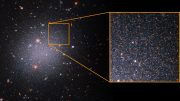


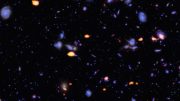
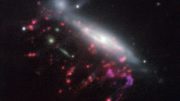
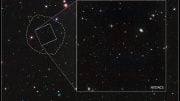
Be the first to comment on "Lonely Clouds and Dark Tendrils: Hubble Observes Strange Galactic Neighbor"